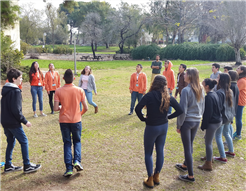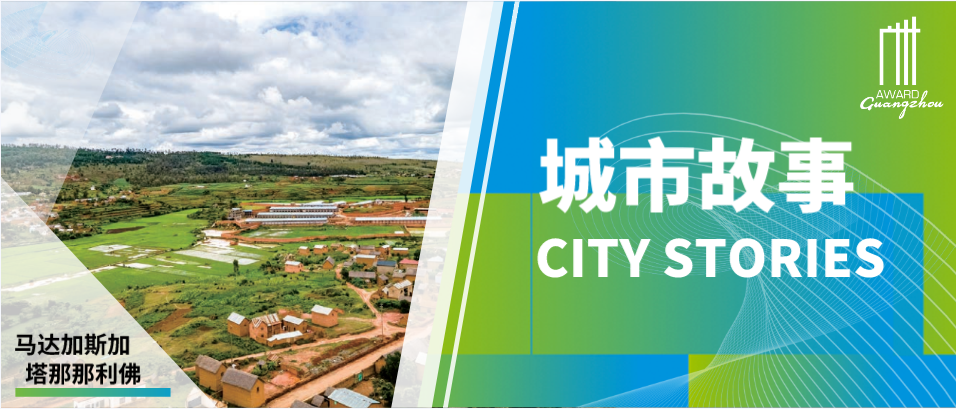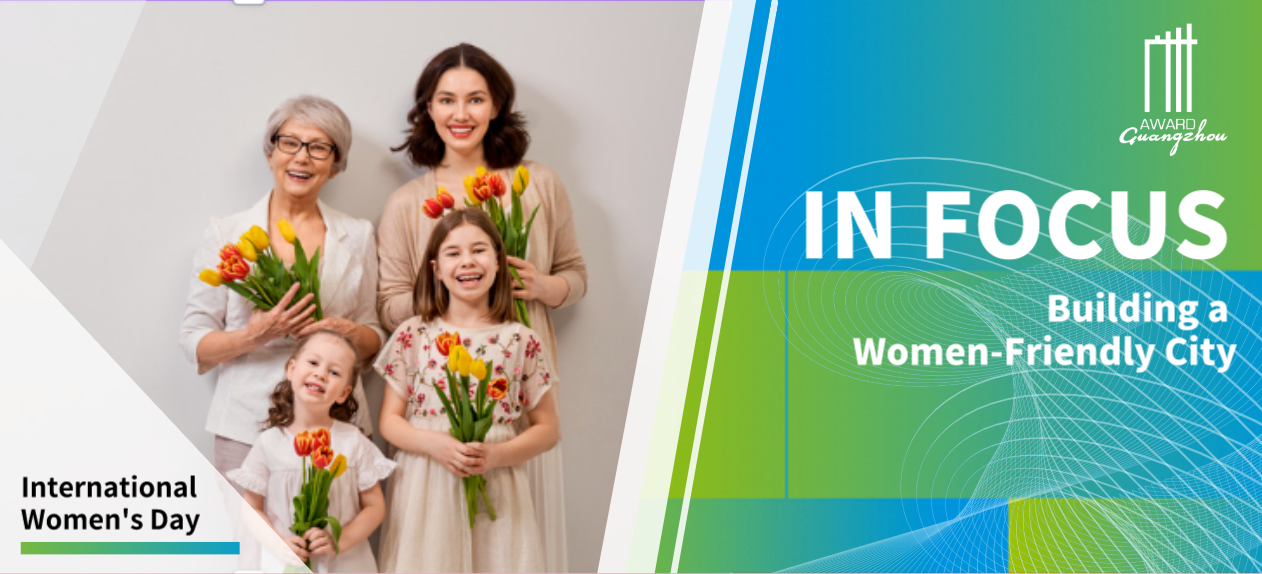Menashe, Israel
Education towards Coexistence between Israeli Jews and Arabs

Background Information
The Wadi Ara area is populated mainly by Arabs towns and villages, with a few Jewish villages (Kibbutzim and Moshavim) among them. The education systems are separate, so the children of the area do not know each other, and learn very little of the culture, geography and historical narrative of each other. This creates a terrible alienation among young people who live side-by-side but cannot bridge the gaps between them. The program received the blessing of the mayor of Menashe regional council, who prioritizes the efforts towards bringing the Jewish and Arabs closer together, as well as of the school principals and educators of the area, who are looking for the best way to familiarize students with their neighbors and create a sense of joint local pride, without sacrificing the cultural differences. Then we received the blessing of the Mayor of Baka algarbia arab city as well.
Goals of the Initiative
The goals of the program are
•Fostering a personal and cultural acquaintance with the Jewish/Arab neighbors who share the area with us
•Creating a joint sentiment of local pride, which includes feeling connected to the area and all its inhabitants, knowing the environment and the people who share it, and caring for nature and our natural resources
•Fostering an emotional connection to the area and familiarity with the histories of both peoples living in it
•Fostering a sense of equality as the basis for any joint activity
•Fostering a sense of joint responsibility for the interpersonal, social and environmental future of the area
Parties and Partners to the Initiative
To ensure participation of educational bodies across the area, we first created a partnership with two organizations that helped us move the program forward: Education Cities and Givat Haviva. Though it is true that Menashe regional council is a joint, Jewish-Arab municipality, we deemed it important to create partnerships with neighboring Arab councils as well. Therefore, we partnered with the Arab councils of Baka algarbia and Kfar kara. Overall, the program included 18 classes from eight schools: five from Menashe, and three from the Arab councils.
Resources Used for Implementation
The first and most important resources are the school principals and teachers who worked to implement the program. In addition, Menashe regional council has invested resources in the meetings themselves, transportations, and internet-video connections to maintain a long-standing communication between the pairs of Jewish and Arab classes. Menashe regional council has invested as well in instruction and mentoring resources, through the organizations of Education Cities and Givat Haviva.
Innovation for the Initiative
Though the goals of the program are not new, and both we and other organizations have been pursuing them for many years, the initiative can be seen as revolutionary. We have learned many lessons from past programs. We have learned that a program must be continuous and not a one-off. We have learned we need to do a lot of ground work with the adults – teachers and parents alike – before we approach the students. We have learned that in order to succeed, we need to set joint goals, such as caring for our shared environment, and to find what unites us rather than focus on our differences. The implantation of those lessons is what separates this program from others, and makes it revolutionary.
Innovation has been applied in
The program is backed by the mayor and the vision of Menashe regional council. The program is also congruous with the council policy to create long-lasting relationships with the Arab Councils in other domains, such as developing joint parks, fostering joint tourism and building joint industry parks.
Obstacles and Solutions for Innovation
The obstacles we foresee are the very reason for the program’s existence. There is suspicion and mistrust towards Arabs among Jews, and towards Jews among Arabs. There are parents who declared they will not send their kids into an Arab village for the meeting. There are students who were apprehensive, or outright opposed the idea of the meetings. We have attempted to contain the opposition and deal with it through dialog and understanding. We have had significant, principled talks with the people who objected to the program, and in the end, all students made it to the meetings. Other obstacles included problems with the internet-video communication, since we did not have the resources for more sophisticated systems. We have overcome those problems through our mutual will to maintain the relationships.
Outcomes and Assessments
We expect to see a significant change in the attitudes of the Jewish students towards the Arabs, and vice versa. The attitudes that they hold today reflect the fact that they never met and created something together, and did not know nor understand each other. Those are attitudes of hate, alienation, ignorance and fear. We expect to create familiarity, personal and cultural acquaintance, understanding of the different personal, familial and cultural backgrounds, leading to more positive attitudes towards each other.
Likewise we expect to see the continuous maintenance of the relationships, through the educational systems or other channels, to the benefit of the area as a whole.
Methods Applied
We have used new, innovative instruction methods and tools, which involve the students as full partners in every discussion and decision. Those methods include project-based learning (PBL), learning outside the class, working in small, mixed groups and using computer, internet and phone-based communication as part of the learning process.
-
 In Focus | The World Earth Day: Planet vs. Plastics
In Focus | The World Earth Day: Planet vs. Plastics -
 Urban Innovation in China | Shenzhen: How to Maintain Momentum to Achieve Carbon Peak by 2030 While Leading Green and Low-Carbon Development?
Urban Innovation in China | Shenzhen: How to Maintain Momentum to Achieve Carbon Peak by 2030 While Leading Green and Low-Carbon Development? -
 City Stories | Antananarivo, Madagascar: Building Resilience in the City Food System
City Stories | Antananarivo, Madagascar: Building Resilience in the City Food System -
 In Focus | International Women’s Day: Building a Women-Friendly City
In Focus | International Women’s Day: Building a Women-Friendly City























 Tel: +86 20 3780 4434
Tel: +86 20 3780 4434 Email: info@guangzhouaward.org
Email: info@guangzhouaward.org Address: Rm 1609, FuLiXinTianDi, No.307 Guangzhou Dadao Zhong, Yuexiu District, Guangzhou, Guangdong, 501600, PRC
Address: Rm 1609, FuLiXinTianDi, No.307 Guangzhou Dadao Zhong, Yuexiu District, Guangzhou, Guangdong, 501600, PRC




